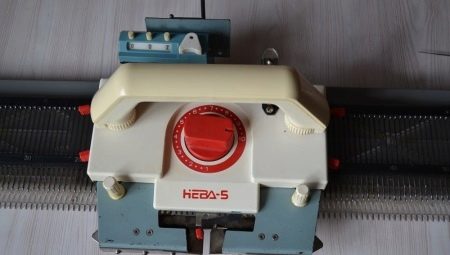The Neva-5 hand-knitting machine was quite popular among Soviet needlewomen and made it possible to dress the whole family in beautiful knitted patterns without leaving home. This was especially true during times of general shortage, when it was unrealistic to buy a warm and at the same time beautiful thing in a store.
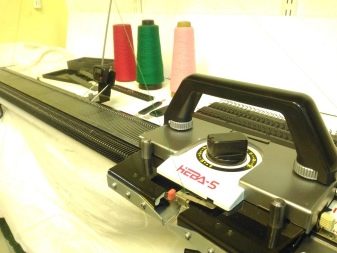
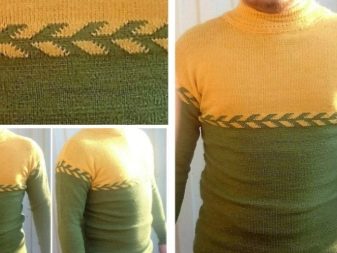
A bit of history
Knitting machines "Neva-5" were produced at the LMO them. Karl Marx - one of the leading enterprises of the Ministry of Food and Agriculture, which was later renamed the Vulkan Production Association. Until 1992, the quality of products was very high: the plant produced strong and durable samples, which were in high demand not only in the Soviet Union, but also in the countries of the former socialist camp.
However, since the mid-90s, after the beginning of the general privatization of production, the quality of knitting machines began to decline sharply. In the context of the growing crisis and rapidly impoverished population, the manufacturer tried to reduce the cost of its products as much as possible and instead of using metal components began to use elements made of cheap plastic. This caused a sharp drop in the quality of Neva-5 machines and, as a result, a noticeable drop in demand for the plant's products.
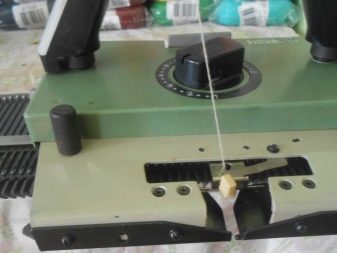
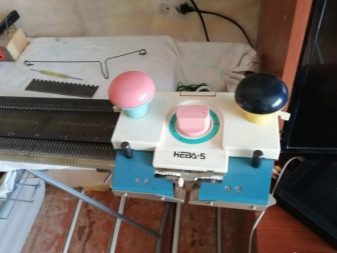
In order to somehow save the situation, Vulcan specialists began production of the Ladoga-3 knitting machine, which was based on the Neva-5 model equipped with the Ladoga prefix.
In this regard, experienced craftswomen who made the pre-perestroika samples recommend purchasing cars manufactured before 1992 - having high build quality and marked with the State Quality Mark.
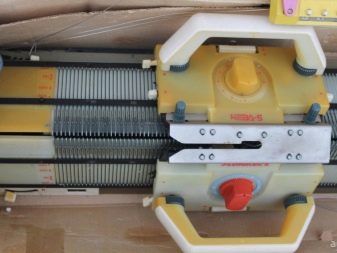
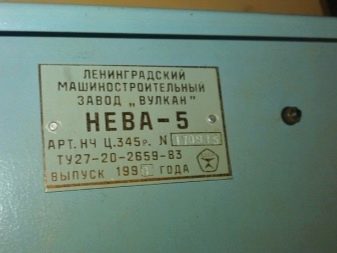
Today, a large number of copies of this legendary model remain in the hands of the population, and many of them are actively used by home craftsmen knitting on them not only hats and scarves, but also beautiful sweaters with a pattern.
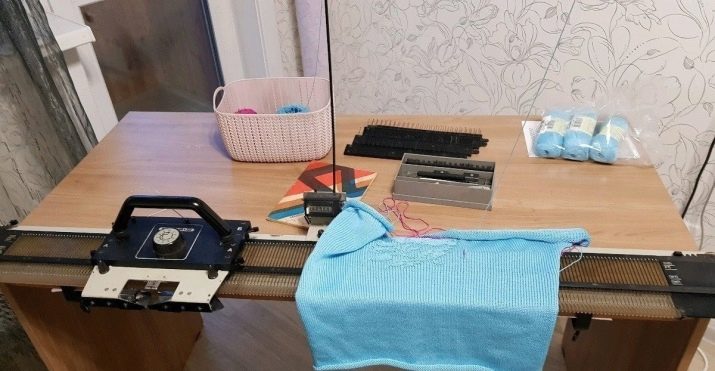
Specifications
The Neva-5 single-knitting machine belongs to the fifth class and, unlike earlier models of this manufacturer, is equipped with a semi-automatic specialized carriage that provides automatic threading on the needles. The carriage is equipped with control levers, a thread guide and a knitting density regulator. The movement of the carriage is carried out along the needle bar, which includes rails, a row of needles, a screw and a socket for the row counter.
From above, the structure is closed with a lid with a slot for pull-out comb and a slot for accessories. In addition to the above nodes, Neva-5 is equipped with a thread guide block, thread guide, counter, pull comb and latch.
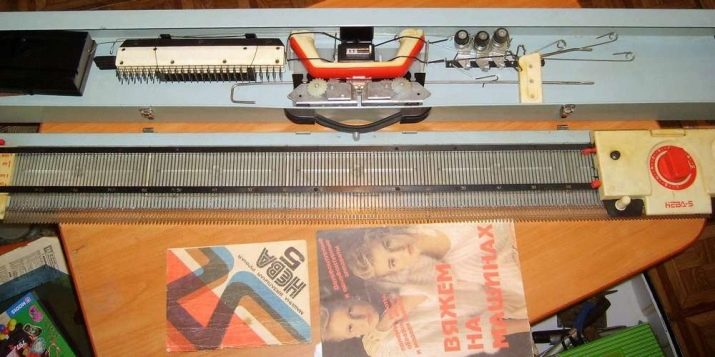
Also included in the model is a loop catcher capable of collecting loops, correcting defects and lifting gum loops, and dekkers needed to transfer loops.
The machine is equipped with reed type needles, weighs 11 kg and is able to work with wool, cotton, wool and synthetic threads.
The height of the product is 100 cm, width - 175 cm, length - 1 m 23 cm. At the same time, the working width of the needle bar corresponds to 1 m, and the number of positions of the density regulator reaches 28. The machine creates a weaving “smooth surface” and is able to knit 18 rows in 1 minute .
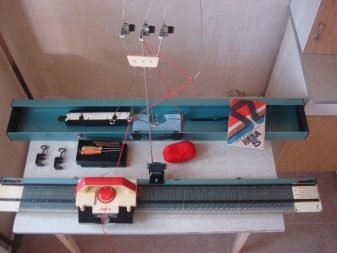
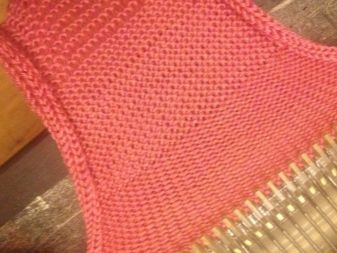
Advantages and disadvantages
Against the backdrop of modern high-tech and fully automated samples equipped with modern computer software, Neva-5 looks quite antediluvian. However, many craftswomen are in no hurry to acquire innovative models and prefer it to her. This is due to a number of obvious advantages of Soviet technology, which, despite its advanced age, continues to function successfully.
- Neva-5 machines are of high build quality and before the crisis were made from very reliable components. Thanks to this, many models have successfully survived to our days and work without repair.
- The equipment of the unit is very easy to configure and does not go astray throughout the entire operation cycle.
- Due to the simplicity of the design, even beginner craftsmen can master machine knitting on the Neva-5.
- In order to thread the thread into the machine, just pass it into the thread tensioner and move the carriage. Further, the technique will lay the thread itself, without requiring operator intervention. This is the main advantage of this model over earlier Neva samples, in which the thread had to be laid in each row.
- Thanks to the possibility of installing the needle in any of the 4 positions, the knitting of complex relief patterns and ornaments was greatly simplified.
- The machine is equipped with a convenient row counter, which will not allow the operator to lose count and deviate from the knitting scheme.
- An equally significant advantage of the Soviet model is its price, which compares favorably with the cost of foreign equipment.
- The model is distinguished by good maintainability and is compatible with most of the spare parts available in specialized stores and service centers.
- The Neva-5 bed is equipped on the sides with two folding strips with three grooves, which serve to temporarily hold threads that are not involved in knitting. This is very convenient when performing a multicolor ornament or pattern.
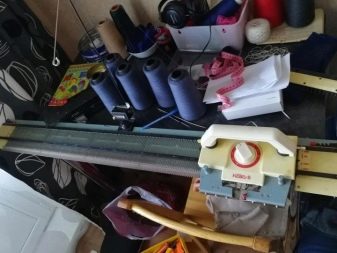
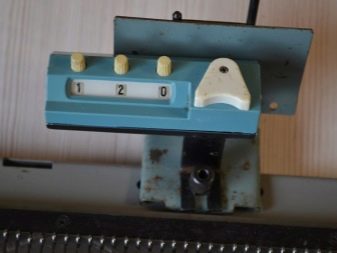
Among the shortcomings of the Neva-5 cars are noted low functionality, because of which "bring the thing to mind" is often necessary manually. Besides, in later samples, many parts are made of plastic, which negatively affects the quality of the machine.
Attention is also drawn to an uncomfortable iron box, to put into which the unit is quite problematic.This flaw is especially often indicated by users who have dealt with an older model, Neva-2, equipped with a convenient hard case.
In addition, on the Neva-5 there are no plates on the springs necessary for pulling the finished web, which are on the Neva-2. Their role is played by special weights, which must be outweighed every 15-20 rows.
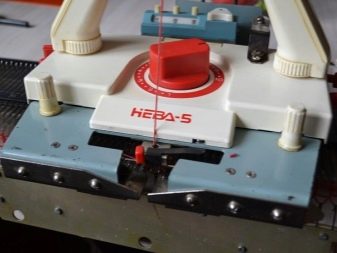
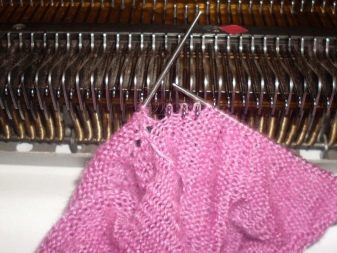
User's manual
The Neva-5 single-contour machine is capable of knitting not only with a smooth surface, when on the one hand there are only facial loops, and on the other, only the wrong ones. The machine can create patterns and openwork weaves, as well as perform multi-color ornaments and extruded weaves. This becomes possible due to selective knitting of loops and manual involvement of needles in the work, as well as a change in the density of knitting and the withdrawal of individual needles in the rear or front inoperative position. Openwork patterns are made thanks to the work of dekkery serving to transfer loops.
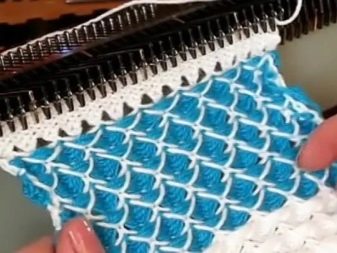
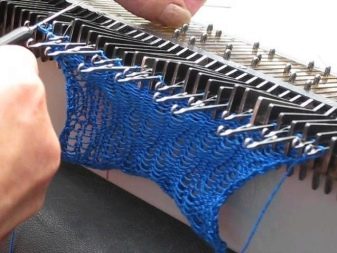
In order to master all the techniques of knitting on a typewriter, it is necessary to understand the role of carriage levers and understand the principle of their work. Knitting on a Neva-5 typewriter is a rather creative, attentive process and consists of several stages.
- So, before you start work, the machine must be properly assembled. To do this, remove the machine from the packaging, install the row counter and mount the handle on the carriage.
- Next, set a skein of yarn. The thread coming from it is tucked into the eyes located on the thread feeder and passed between the tensioner plates. They determine the tension of the thread supplied to the carriage.
- Then, the thread is inserted into the thread guide located on the carriage, and the latch of the thread guide is closed.
- The thread that is not currently involved in knitting is pulled and fixed on a special clamp located on the stand of the thread feeder.
The working thread during knitting must be well stretched, otherwise the uniformity of the density of the fabric will be violated and the thing will turn out ugly.
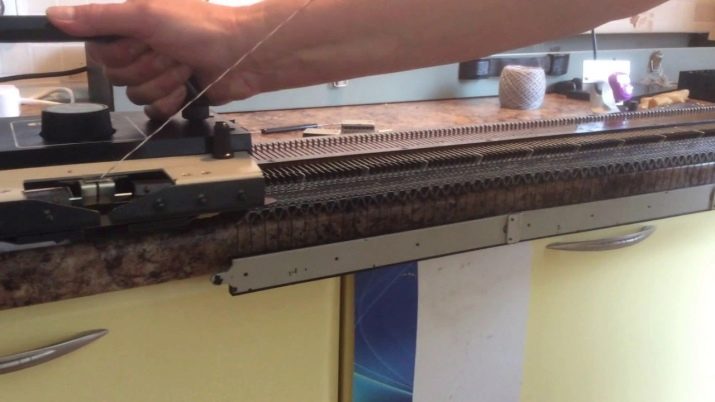
Using the adjusting disk located in the center of the carriage, set the desired loop size, which determines the density of the knit. The higher the numerical value, the longer the loop will be and the more rarefied the web will be.
On the Neva-5 carriage there are paired levers located on both sides and designed to control the operation of the needles. Each of the levers has 2 positions, which are indicated by a triangle and a circle. When moving the carriage to the right, use the levers on the right, and vice versa. If you have to knit not one row, but several, then turn on both levers simultaneously.
The principle of operation of the lever is as follows: when it is switched to a triangle, the needles occupying a working position (RP) do not knit, forming broaches instead of loops, but without dropping loops from themselves. If the lever is on the "circle", then the needles in the working position (RP), begin to knit. This feature of controlling needles with levers is the basis for the construction of patterns and patterns performed on the machine.

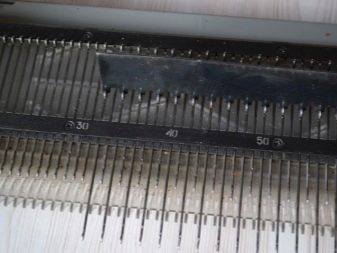
When starting to use the machine for many first time, many beginners do not immediately grasp the principle of leverage and allow some negligence when setting the needles. Therefore, at the initial stage, the main thing to understand is that the heels of the needles that are in the back inoperative position (ZNP) are located near the rear rail, and the needles themselves do not participate in knitting. This position of the needles is used in the formation of the hem and false elastic.
If the needles are in the front non-working position (PNP) and also do not participate in knitting, then their heels should be located at the front rail. This situation is used in the formation of the fungus pattern and ornaments. In this case, it should be controlled so that the heels are closely adjacent to the rails, otherwise the carriage begins to cling to them during movement.
Practice shows that after 1-2 lessons, beginners begin to understand the principle of the machine and can independently knit a scarf. But for the formation of complex multi-color drawings and relief patterns, a much longer experience of communication with Neva-5 will be required. However, after comprehending all the intricacies of knitting, working with the machine will bring satisfaction and will allow you to use your free time usefully.
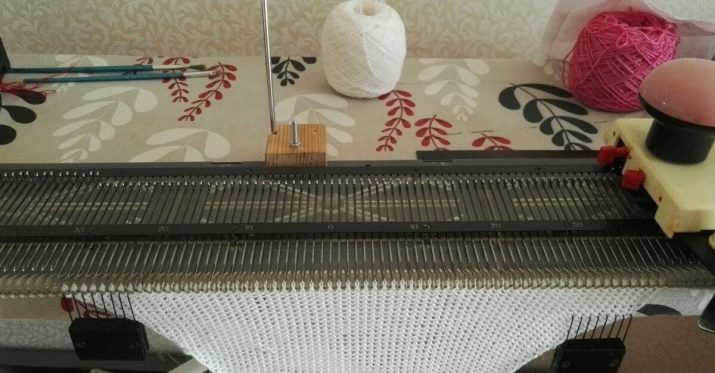
Next, watch the video tutorial on how to learn how to type loops on a Neva-5 knitting machine.
